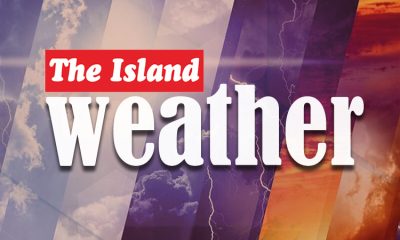News
Sri Lanka still at start of Delta variant spread
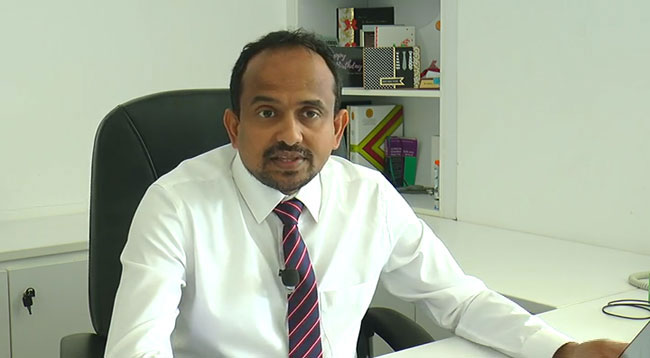
Experts insist on decisive action now to halt it in its track
By Rathindra Kuruwita
Sri Lanka was still at the early stages of the COVID wave created by the Delta variant and it had not spread to most parts of the country, Dr. Chandima Jeewandara of the Allergy, Immunology and Cell Biology Unit, Department of Immunology Molecular and Molecular Medicine of the University of Sri Jayewardenepura said yesterday.
He urged the government to take immediate action before the variant spread to other parts of the country.
“We found the Delta community spread in early June and by the end of July Delta is the most dominant variant in Colombo. Around 90% of the cases reported in Colombo are those with Delta variants. I think there are is a significant number of cases in Gampaha and in the South, but it has not spread elsewhere. For example, almost 100% the cases in
Nuwara Eliya are still the Alpha or UK variants,” he said.
Dr. Jeewandara said that the Delta variant was twice as communicable as the variant detected in Wuhan and that therefore a rapid and significant rise in cases could be seen. He said that following health guidelines like washing hands, wearing masks and social distancing were important.
“However, even if we do all this, Delta will use the slightest opportunity and infect us. Five seconds without the mask is enough for the virus to enter the body. We have to take immediate steps. We have to stop this before it spreads to other districts,” he said.
Prof. Suneth Agampodi, Founder Professor and Chair – Department of Community Medicine, Faculty of Medicine and Allied Sciences, Rajarata University of Sri Lanka, urged the government to impose a lockdown immediately.
“Doctors can save lives, but one policy decision can save more lives than all of us medical professionals combined. I implore the government to listen to professionals,” he said.
Prof. Agampodi also said Sri Lanka was at the beginning of the spread of the Delta variant and that it would take five to six weeks for the infections to peak. Commenting on the predictions on Sri Lanka made by the Institute for Health Metrics and Evaluation (IHME), an independent global health research center at the University of Washington; Prof. Agampodi said that IHME data was highly respected around the world.
“In May, IHME predicted that there could be 200 to 300 deaths a day in Sri Lanka. The IHME model is reliable. What people need to understand is that the predictions are based on trends at the moment data is entered into the model. However, as people and governments react things change. In May, we took the IHME data, and we used the data into a model we created. We predicted that there will be 47 to 57 deaths a day because of how we will react, and our numbers came true,” he said.
Prof. Agampodi said that at the start of August, they predicted that between 100 and 150 people would die a day due to COVID-19 and now our worst-case scenario was 600 deaths a day. While there would not be 600 deaths a day, Sri Lanka couldn’t stop the number hitting 200, he said.
“The reported deaths are about 120 a day now and if we don’t do anything, we will be seeing 300 deaths a day. If we take immediate action, we can stop the deaths in the 200 – 250 range,” he said.
Prof. Agampodi said that with the Delta variant, everyone in a household will contract the virus, if one person contracted it, and if the government waited a few more days the virus would spread exponentially.
“This is why we must act now. The way things are now one person can spread to four people. Also if there are 100 cases today, there will be 400 tomorrow,” he said.
News
Delay in govt. response to UK sanctions on ex-military chiefs, and others causes concern

Admiral of the Fleet Wasantha Karannagoda said that he is still waiting for the government’s response to the UK sanctions imposed on three ex-military officers, including him, and a former member of the LTTE.
The former Navy Chief said so in response to The Island query whether he was aware of the position taken by a three-member ministerial committee, consisting of Foreign Minister Vijitha Herath, Justice and National Integration Minister Harshana Nanayakkara and Deputy Defence Minister Maj. Gen (retd) Aruna Jayasekera.
The government named the committee in the wake of the UK declaration of travel bans and asset freezes in respect of Karannagoda, General Shavendra Silva, General Jagath Jayasuriya and Vinayagamoorthy Muralitharan, also known as Karuna. Maj. Gen. Jayasekera said that they inquired into the issue at hand.
Karannnagoda said that he would like to know the government’s recommendations if the ministerial committee briefed the Cabinet as per a decision taken by the Cabinet of Ministers. Karannagoda said that the issue should have been taken at the highest level as various interested parties continue to humiliate the war-winning military by targeting selected individuals.
Other sources, familiar with the issues at hand, told The Island that the government was yet to announce its stand.
Sources pointed out that the Opposition has been silent on what they called a matter of utmost national importance.
Cabinet spokesman Dr. Nalinda Jayathissa is on record as having described the UK move as a unilateral move and that committee was formed to examine the developments and recommend appropriate measures to the Cabinet.
Foreign Minister Herath told The Island the government was not successful in getting the British to withdraw sanctions. Describing the UK decision as unilateral, the Miniser said that the government conveyed its concerns but the UK didn’t change its stand.
The Island raised the issue with Minister Herath and Admiral Karannagoda in the wake of British MP of Sri Lankan origin, Uma Kumaran requesting the UK Foreign Secretary Yvette Cooper to expand on the government’s sanctions imposed on the four above-mentioned persons.
During a Foreign Affairs Committee meeting on 16 December, the MP for Stratford and Bow highlighted the lack of accountability and political will from the current Sri Lankan government to address war crimes and mass atrocities committed in Sri Lanka.
Sources said that David Lammy, who served as Secretary of State for Foreign, Commonwealth and Development Affairs at the time of the declaration of sanctions, had no qualms in declaring that the action taken against four Sri Lankans was in line with a commitment he made during the election campaign to ensure those responsible wouldn’t be allowed impunity. The UK government statement quoted Lammy as having said that this decision ensured that those responsible for past human rights violations and abuses were held accountable.
By Shamindra Ferdinando
News
Sri Lanka outlines seven key vectors of international cooperation at Moscow forum
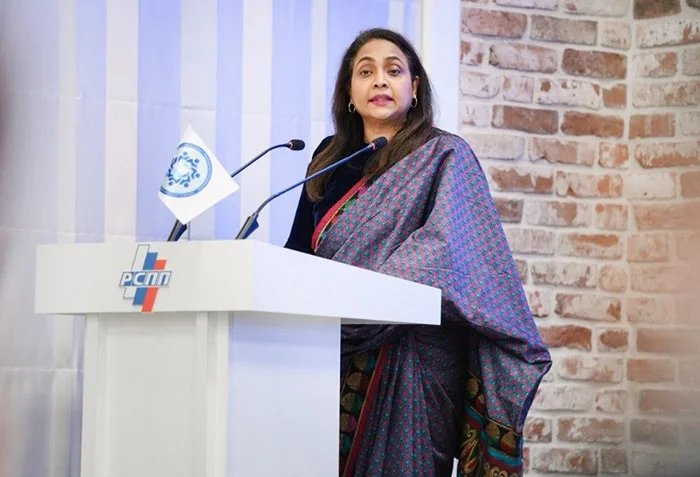
Sri Lankan Ambassador to the Russian Federation, Shobini Gunasekera recently presented a conceptual framework of seven key vectors that defined contemporary international relations and facilitated dialogue among States. She made the presentation at XI Moscow International Financial and Economic Forum held under the theme “Building Bridges: Partnership without Borders”.
In her address, the Ambassador emphasised that these vectors represent the channels through which ideas circulate, trade expands, and peace is strengthened, serving as guiding principles for cooperation amid global uncertainties. The seven key vectors highlighted were economic ties as a foundation for long-term stability; political choice and diplomacy through dialogue and multilateral engagement; security cooperation to address cross-border threats; cultural linkages through education, tourism, and professional exchanges; technological advancement, particularly in digital systems and artificial intelligence; environmental stewardship through collective action on renewable energy and climate change; and humanitarian obligations, including disaster relief and development cooperation.
Drawing on Sri Lanka’s experience, the Ambassador illustrated the practical application of these principles by highlighting the country’s strategic location in the Indian Ocean, its role as a trade and logistics hub, and its active engagement in regional groupings such as BIMSTEC and the Indian Ocean Rim Association, where the Russian Federation serves as a Dialogue Partner.
The potential for enhanced Sri Lanka–Russia bilateral cooperation was underscored, particularly through complementarities between Russia’s technological and energy expertise and Sri Lanka’s logistical capabilities and maritime infrastructure. She noted that such synergies could support joint initiatives in trade, innovation, tourism, and logistics, while cultural and scientific exchanges would further strengthen mutual understanding between the two countries.
Concluding her remarks, the Ambassador stated that sustained progress requires dialogue, mutual respect, and forward-looking partnerships capable of shaping a shared and stable future.
News
Sri Lanka third most preferred destination for Indians
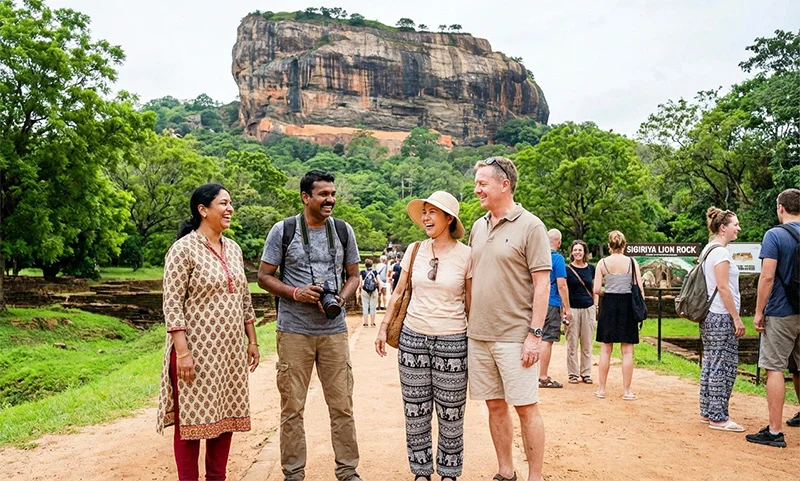
Thailand takes top place
Travel website Make My Trip has named Sri Lanka as the third most booked international destination by Indian travellers for the festive period, following Thailand and the United Arab Emirates (UAE).
According to a report released by MakeMyTrip, an analysis of booking trends between 20 December and January 2026 compared to the same period last year, highlighted a growing interest in Sri Lanka as a preferred destination.
Thailand ranked first, while the UAE secured second place. Vietnam recorded a notable rise, moving from seventh position last year to fourth this year, followed by Malaysia, Indonesia, Singapore, the UK, the US, and Hong Kong.
-

 News6 days ago
News6 days agoMembers of Lankan Community in Washington D.C. donates to ‘Rebuilding Sri Lanka’ Flood Relief Fund
-

 News4 days ago
News4 days agoBritish MP calls on Foreign Secretary to expand sanction package against ‘Sri Lankan war criminals’
-

 Features6 days ago
Features6 days agoGeneral education reforms: What about language and ethnicity?
-
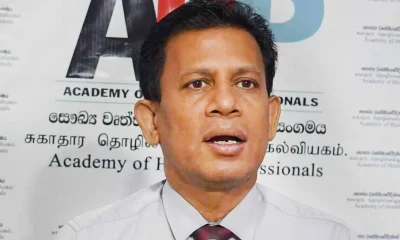
 News6 days ago
News6 days agoSuspension of Indian drug part of cover-up by NMRA: Academy of Health Professionals
-
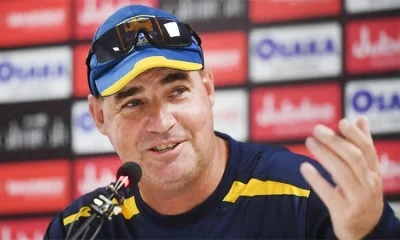
 Sports4 days ago
Sports4 days agoChief selector’s remarks disappointing says Mickey Arthur
-
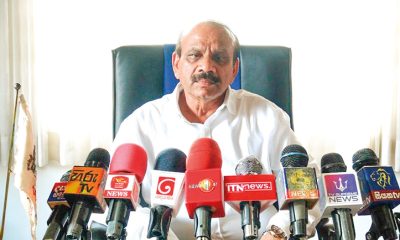
 News3 days ago
News3 days agoStreet vendors banned from Kandy City
-

 Editorial6 days ago
Editorial6 days agoA very sad day for the rule of law
-

 News6 days ago
News6 days agoUS Ambassador to Sri Lanka among 29 career diplomats recalled




